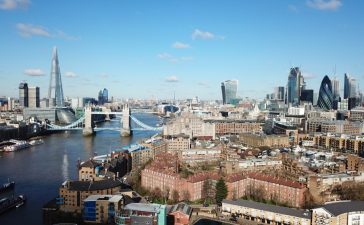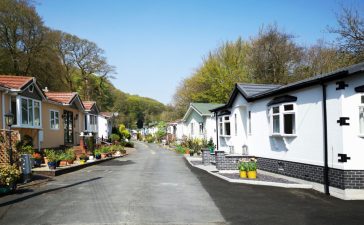It is not yet known how the latest measures will affect property prices, with analysts calling the new rules ‘tough’ and ‘harder hitting’
Singapore implemented new property cooling measures on Wednesday to slow down increasing home prices in the private residential and Housing Board (HDB) resale markets.
This is not the first time the Government has stepped in with property curbs.
The latest measures include raising Additional Buyer’s Stamp Duty (ABSD) rates, tightening the Total Debt Servicing Ratio (TDSR) and lowering the Loan-to-Value (LTV) limit for HDB loans.
Prices of HDB resale flats hit their highest levels in the third quarter of 2021, with the HDB resale price index (RPI) hitting 150.6. That is higher than the previous peak in the second quarter of 2013.
The RPI provides information on the general price movements in the resale public housing market.
It is not yet known how the latest measures will affect property prices, with analysts calling the new rules ‘tough’ and ‘harder hitting’.
An analysis of HDB data after similar cooling measures in 2013 and 2018 showed mixed results. In 2013, resale prices of HDB flats dropped sharply, but less so in 2018 and for a less sustained period.
On Jan 12, 2013, an ABSD was introduced for Singaporeans who wished to buy a second property.
At 7 per cent, it was the first time Singaporeans had to pay ABSD on a second home. The ABSD rate for a third property onwards was increased and LTV limits were tightened.
The measures did not target just the private property market.
Before the announcement in 2013, the RPI had risen for 15 consecutive quarters – nearly four years of increase.
The cooling measures did not affect prices immediately. Shortly after the announcement, prices remained high, with median resale prices of four-room flats increasing in most towns.
But they then started to come down as a whole. The RPI dropped in the third quarter of 2013, and continued falling for nine consecutive quarters thereafter.
Comparing median resale prices of four-room HDB flats in the fourth quarter of 2015 – three years after the 2013 cooling measures – and the fourth quarter of 2012 just before the cooling measures, only Bishan and Geylang saw small upticks in prices of between 1 per cent and 3 per cent.
The largest falls were in Choa Chu Kang, Punggol and Sembawang, where the median price tumbled about 18 per cent.
Four-room flats in mature estates were more resilient to the cooling measures, with prices dropping by less than 10 per cent in most places, bar Serangoon and Tampines. In those two towns, resale prices of such flats fell by about 12 per cent.






